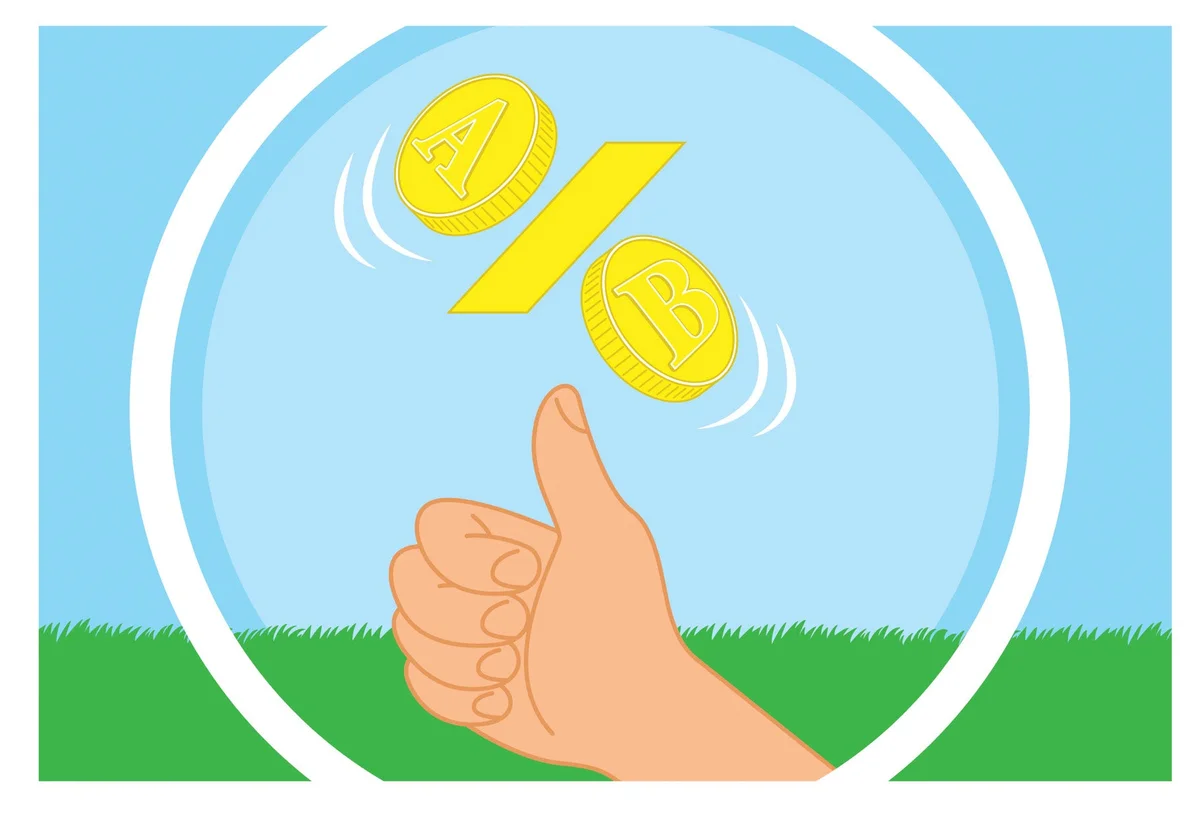When you need a quick decision, Google’s “flip a coin” feature is a handy go-to. Just type it into the search bar, click “Flip,” and voilà—heads or tails. But is Google flip a coin actually 50/50, or is there more to this digital toss than meets the eye? In this article, we’ll explore how Google’s coin flip works, its randomness, and whether it truly mirrors a real 50/50 chance.

How Does Google Flip a Coin Work?
Google’s coin flip isn’t a physical coin soaring through the air—it’s a digital simulation. When you ask Google to flip a coin, it uses a pseudorandom number generator (PRNG) to decide between heads or tails. But is Google flip a coin actually 50/50 like a real toss? Unlike a physical coin, which relies on physics, Google’s version depends on algorithms designed to mimic randomness.
True Randomness vs. Pseudorandomness
Here’s the catch: is Google flip a coin actually 50/50 when it’s not truly random? A PRNG generates outcomes based on a starting “seed” value, often influenced by factors like system time. While it’s programmed to split heads and tails evenly over many flips, it’s not “true” randomness—like radioactive decay or atmospheric noise—used by sites like Random.org. So, technically, Google’s coin flip is predictable with enough data, unlike a real coin.
Does It Match a Physical Coin Toss?
A fair physical coin has a 50/50 chance of landing heads or tails, though studies (like one from 2023 with 350,757 flips) suggest a slight 50.8% bias toward the starting side due to physics. But is Google flip a coin actually 50/50 in comparison? Since Google’s tool isn’t bound by physical quirks—wind, weight, or spin—it’s designed to aim for an even split. Over thousands of digital flips, it should average close to 50/50.
Could It Be Biased?
Some speculate that Google might tweak its PRNG based on user data—like location or search history—raising the question: Is Google flip a coin actually 50/50 for everyone? There’s no hard evidence of this, and Google likely keeps it neutral for fairness. Still, without transparency on the exact algorithm, it’s a lingering “what if” in 2025.
Testing the Odds Yourself
Curious about is Google flip a coin actually 50/50? You can test it! Flip Google’s coin 100 times and tally the results. In small samples, you might see streaks (60 heads, 40 tails), but that’s normal randomness—not bias. The more flips, the closer it should get to 50/50, reflecting its programmed intent.
When 50/50 Doesn’t Feel Fair
Even if is Google flip a coin actually 50/50, perception matters. Ten heads in a row might make you doubt its fairness, but that’s just probability at play—each flip is independent, unaffected by the last. Google’s tool doesn’t “rig” results; it’s built to simulate chance, not fate.
Conclusion
So, is Google flip a coin actually 50/50? Yes, in practice, it’s as close as a digital tool can get, aiming for an even split over time. It lacks the tiny biases of a physical toss and relies on a PRNG to keep things fair. whether you trust Google’s flip or prefer a real coin, it’s a reliable shortcut for decisions—minus the pocket change. Try it yourself and see: heads or tails, the choice is yours!